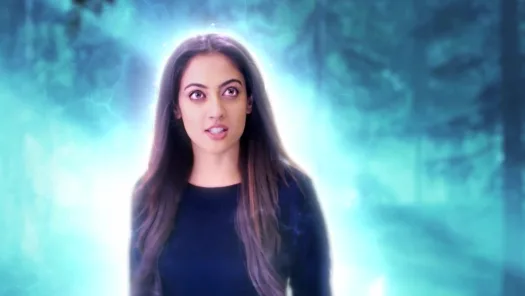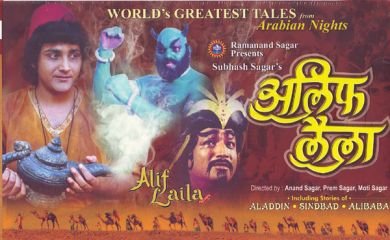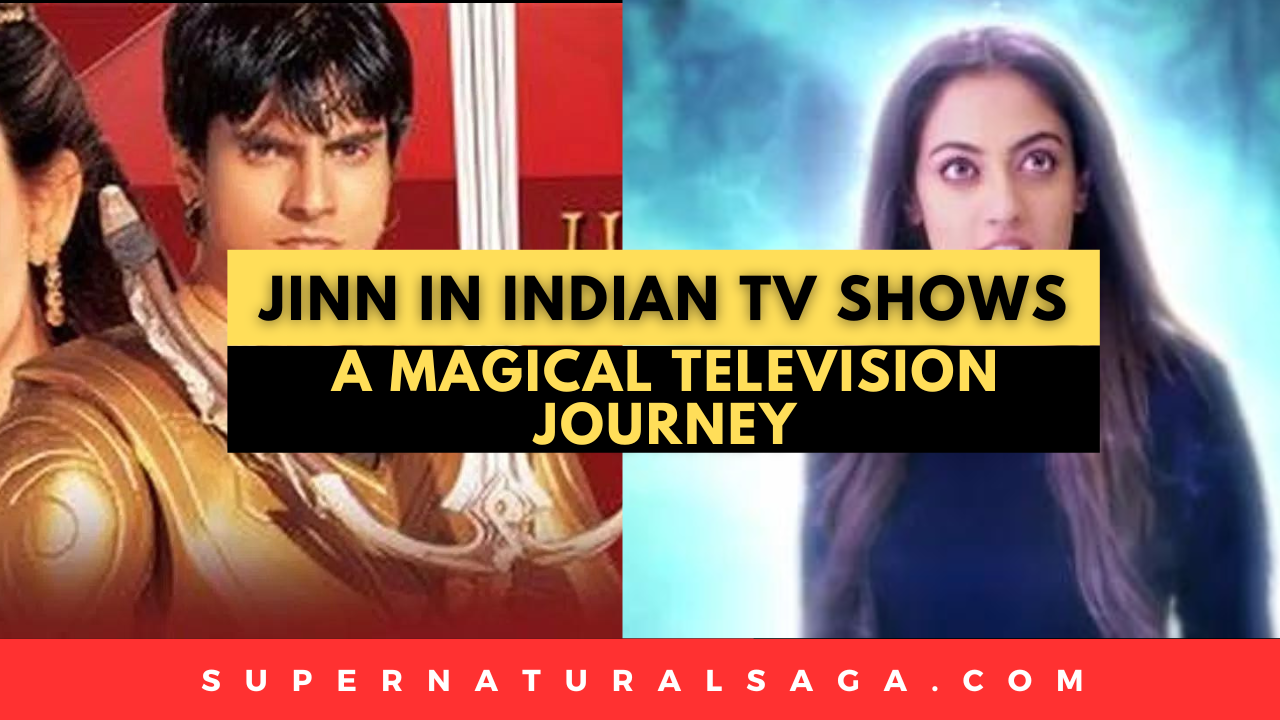Jinn have captured the imagination of Indian television audiences, bringing an element of fantasy and mysticism to the small screen.
Blending supernatural themes with rich cultural traditions, TV shows featuring jinn offer an escape into a world of magic and intrigue.
This blog post will explore the portrayal of jinn in Indian television, examining their various roles in dramas and soap operas over the years. Their enduring popularity reveals much about India’s cultural heritage.
Jinn, or genies, originate from Islamic and Arabic folklore before integrating into Indian culture. They possess magical powers and can be both benevolent and malevolent.
While jinn may seem exotic to Western viewers, they have a strong grounding in Indian mythology and scripture. Their presence connects modern Indian storytelling to its mythological roots.
The Concept of Jinn in Indian Culture

In the Quran, jinn are described as supernatural creatures made of smokeless fire. Early Islamic texts characterized them as both good and evil spirits capable of interacting with humans.
As Islam spread in India, jinn became incorporated into the existing folklore. They took on more mystical qualities while retaining an air of danger and unpredictability.
Jinn populate many Indian epic poems and ancient texts like the Arabian Nights. They fulfill wishes and perform miracles, but also sow mischief and discord.
Indian jinn lore draws parallels to concepts like ghosts, fairies, and demons in Western folklore. Culturally, jinn represent the unknown and act as metaphors for human desires and weaknesses.
The Emergence of Jinn in Indian Television
Jinn made their first major appearance in Indian television in the 1980s, capitalizing on their mysterious aura.
The 1986 show Alif Laila Wa Laila brought stories from One Thousand and One Nights to life. It pioneered the portrayal of jinn as major characters. Soon, other shows incorporated jinn into their narratives and fantasy elements.

In the 2000s, shows like Hatim on Star Plus and Zee TV’s Afsar Bitiya grew popular by blending jinn mythology with family drama.

The enormous success of these shows proved that Indian audiences craved entertainment rooted in their culture. Jinn had truly gone mainstream.
Jinn as Characters and Plot Devices
Jinn characters in Indian shows exhibit as much complexity and range as human ones. They can be trustworthy advisors, like Hatim’s jinn sidekick or act as hostile enemies.
Shows have experimented with morally ambiguous jinn with layered motivations.
Jinn powers like shape-shifting and invisibility allow for creative plotlines full of twists and surprises.
Their abilities cause complications for human characters, driving the story forward. Jinn may start out as frightening figures but eventually develop empathy.
Notable Indian TV Shows Featuring Jinn
Alif Laila Wa Laila set the template for fantasy shows by bringing age-old tales to television. A host introduced stories involving jinn, demons, sorcerers, and magical objects. The framing enhanced the fantastical atmosphere.
Hatim depicted the legendary Arabian adventurer Hatim and his encounters with a friendly jinn sidekick named Zargam. Their rapport provided comic relief while reinforcing the jinn’s capricious nature. Hatim exemplified jinn as allies.
Yehh Jadu Hai Jinn Ka! – a rich Nawab and a magician, is under the influence of a jinn. However, he finds the strength to fight back after Roshni, a pretty woman with the heart of an angel, enters his life.
The Cultural and Mythological Significance
By drawing upon cherished myths and legends, Indian television has kept cultural traditions alive. Jinn-themed shows educate younger generations about India’s literary heritage.
The continued appeal of jinn proves the timelessness of ancient folklore.
Jinn represent the belief that the empirical world is only one level of existence. Their inclusion in TV narratives introduces metaphysical questions about the nature of reality.
Jinn symbolize the struggle between moral good and evil.
Challenges and Controversies
Television dramas run the risk of misrepresenting complex mythological beings for entertainment value. Nuanced depictions of jinn require thorough cultural understanding. Some portrayals rely on stereotypes and tropes.
Overly sympathetic jinn characters could promote superstitious practices traditionally condemned. Shows must balance storytelling goals with respect for religious sensitivities. Consultation with cultural experts is ideal.
Viewer Experience and Reception
For many Indian viewers, jinn-themed shows offer nostalgic connections to their heritage. They appreciate seeing beliefs and stories from their communities dramatized on television.
Themes of magic and fantasy provide an escape from daily life.
However, some viewers express wariness about overtly supernatural themes that conflict with their faith.
Modern interpretations of mythology will inevitably draw criticism. Overall, jinn remain hugely popular subjects due to their cultural resonance.
Conclusion
The world of jinn on Indian television is a magical one full of cultural meaning. Jinn-based narratives allow viewers to access cherished myths and folklore through a modern entertainment medium.
While avoiding cultural missteps is a challenge, jinn will likely continue captivating audiences through their appeal as both terrifying andsympathetic figures who bridge natural and supernatural realms.
They represent core aspects of India’s storytelling traditions.
So if you wish to discover the enchantment for yourself, switch on an Indian TV drama featuring jinn. You never know what mystical adventures and imaginative flights of fantasy await!

